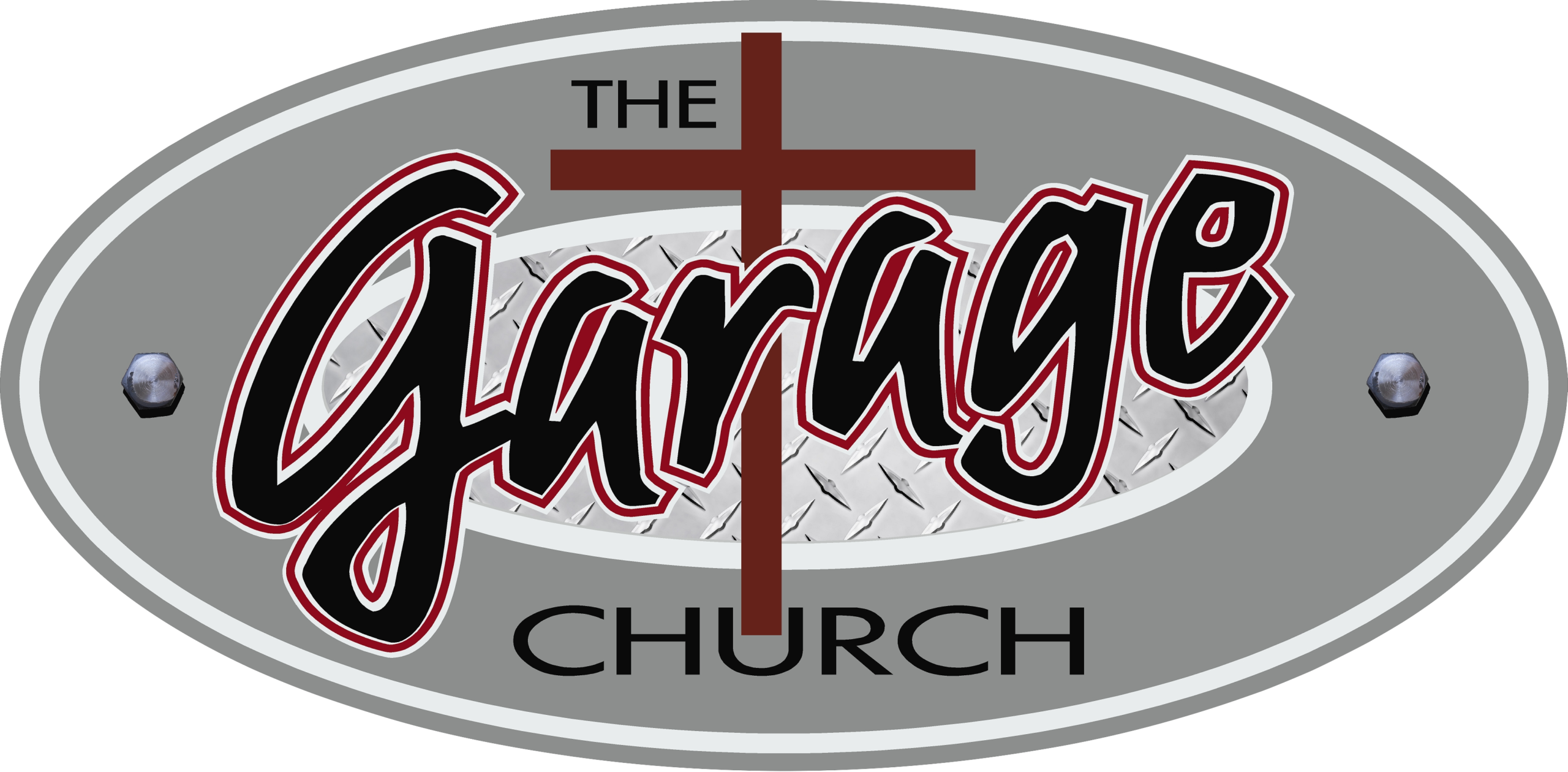Parables and Chiasms
Matthew 13
"The die is cast. The religious leaders have openly declared their opposition to their Messiah. The people of Israel are
amazed at the power of Jesus and His speech, but they fail to recognize Him as their King. Not seeing the Messiahship of
Jesus in His words and works, they have separated the fruit from the tree. Because of this opposition and spiritual apathy,
Jesus: 1) adapts His teaching method and 2) the doctrine concerning the coming of the kingdom to the situation.
Jesus had occasionally used parables to illustrate His teaching. Rising opposition led Him to use them more. Now He
began to use parables to reveal new truth about the messianic kingdom.
A parable is a story drawn from everyday life to convey a moral or religious truth.
The Kingdom of God – teaching about from then until he comes again, still in the future
John and Jesus had previously announced that the messianic kingdom was at hand. Jesus stopped saying that when His
rejection by Israel's leaders was firm. Instead, He began to reveal new truth about the kingdom, because of Israel's
(temporary) rejection of Him and His (temporary) rejection of the nation This new truth—revelation not previously
given—was a mystery. The term mystery, as it occurs in the New Testament, refers to newly revealed truth. God had
previously not revealed it, but now He did.
"From this point on, in Matthew's Gospel, the term 'the kingdom of the heavens' refers specifically, not to the final
establishment of the kingdom of God over all the earth, but to the mysterious form in which that kingdom was to be
manifested after Jesus had returned to heaven, and until His second coming. (The disciples time and our time.)
The parables of the mysteries of the Kingdom of heaven give a description of earth religiously after Israel's rejection of
Jesus.
Chiasm Explained
Matthew presented this discourse in a chiastic (crossing) structure. This structure is common in the Old Testament and in
other Jewish writings. It enhances the unity of the discourse and focuses attention on the central element as what is most
important. A diagram of this structure follows:
A The introduction vv. 1-2
B The first parable to the crowds vv. 3-9
C An explanatory interlude: purpose and explanation vv. 10-23
D Three more parables to the crowd vv. 24-33
E An explanatory interlude: fulfillment and explanation vv. 34-43
D' Three parables to the disciples vv. 44-48
C' An explanatory interlude: explanation and response vv. 49-51
B' The last parable to the disciples v. 52
A' The conclusion v. 53
There are two sections of four parables each, the first four to the multitudes and the last four to the disciples. In each
section, one parable stands out from the others. In the first group it is the first parable, and in the second group it is the last
one. The central section between the two groups of parables explains the function of the parables and explains one of
them.
Parables themselves need to be explained, but the explanations in Matthew are not given to everyone, only to the
disciples.
In a Chiasm the student is to search for the Rabbi’s hidden treasure in the middle, which often is in prior scripture. (over
>>> to back of page)
In Mathew 13, verse 35 is the center / the hidden treasure of the chiasm. It quotes Psalms 78:1-2 O my people, listen to
my instructions. Open your ears to what I am saying, 2 for I will speak to you in a parable. I will teach you hidden lessons
from our past—
What’s the hidden treasure: That Jesus is going to use parables, too, but to teach about the coming mystery, not the
past like the Psalmist – It is God’s Kingdom – the mystery being it’s not a kingdom like all the other kingdoms.
The kingdom of heaven is like . . . – all these parables start with this.
